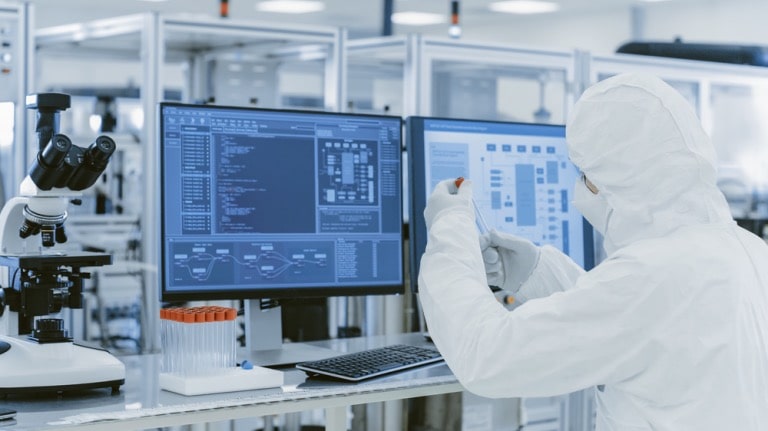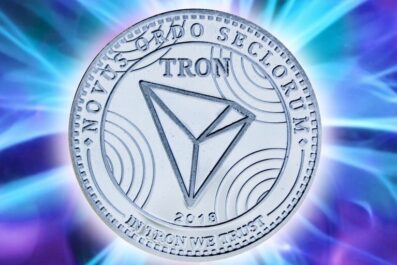Hydrogen Bromide in Electronics and Pharma: Benefits and Uses

Hydrogen bromide is a game-changer in multiple industrial applications as it continues to aid the electronics and pharmaceutical sectors. It is a compound made from hydrogen and bromine, a substance sought after for its role in various overall impact technology processes.
From semiconductor making to medicine, there are countless ways to show how valuable hydrogen bromide gas truly is. Find out more about the benefits and uses of hydrogen bromide gas as it inspires progress in technology and health.
The Role of Hydrogen Bromide in Electronics
Living in an evolving environment of technology, accuracy and purity are inseparable. This is why hydrogen bromide has become the key to building semiconductors. This semiconductor is an integral part of every electronic gadget that we have.
Hydrogen bromide gas is a type of reactive ion etching gas. This gas forms a pattern that creates cavities on silicon wafers using plasma gas. This is an essential gas in making semiconductors. Semiconductors are the core of almost all electronic gadgets that we have been using.
Using hydrogen bromide gas on silicon wafers helps us achieve precise etching, which means we can create the best circuit board. As a result, this gives us a higher level of semiconductor function. Moreover, without etching, all the electric gadgets that we have been familiar with will no longer operate to their full capacity.
Another wonder of hydrogen bromide is its role as a cleaning agent. The cleaning process and treatment of surfaces likewise help enhance a semiconductor’s function. Silicon wafers, being the “motherboards” need to look brand new and have a clean surface in order to function optimally.
Hydrogen Bromide in Pharmaceuticals
If there is a “value” in the accurate placement of modern science, it surely exists in pharma. Value is tied to purity. Hydrogen bromide is one of the most valuable chemicals in end-goal synthesis related to active pharmaceutical ingredients (APIs). An API is the biologically active portion of a drug product. This active portion produces the desired effect in the patient.
Bromination, a reaction in which hydrogen bromide is key, is one of the largest applications in the pharma realm. A reaction happens wherein bromine atoms are inserted into an organic molecule. Then, the new chemical is activated by reacting with an organic molecule of a certain sort — and you wind up with a useful product. Sounds simple, right?
Not that “simple.” In reality, what really will make or break a process is that hydrogen bromide gas is very reactive. It’s this reactivity that will lead to high levels of branched bromine atom substitution, typically resulting in 1–5 unique brominated molecules. Reactivity is usually bad when trying to densify a product stream under the guise of yield. In this chemical reaction, the reactivity usually affects the product yield in a huge way.
The Future of Hydrogen Bromide in Industry
As long as the potential of technology and science exists, assets like hydrogen bromide (HBr) will also be valuable support resources to this growth engine. There is so much to uncover and unravel in the blossoming technology of the future, be it in electronics or pharmaceuticals (to name but just two industries) – and so HBr will inevitably be part of the equation.
Semiconductor innovation, for one. Life-changing, life-saving medicines for the other. But, of course, these have to consist of the reliance on a secure supply of high-purity hydrogen bromide. This is precisely where suppliers like ICL Industrial Products come in – securing supply is a given.





